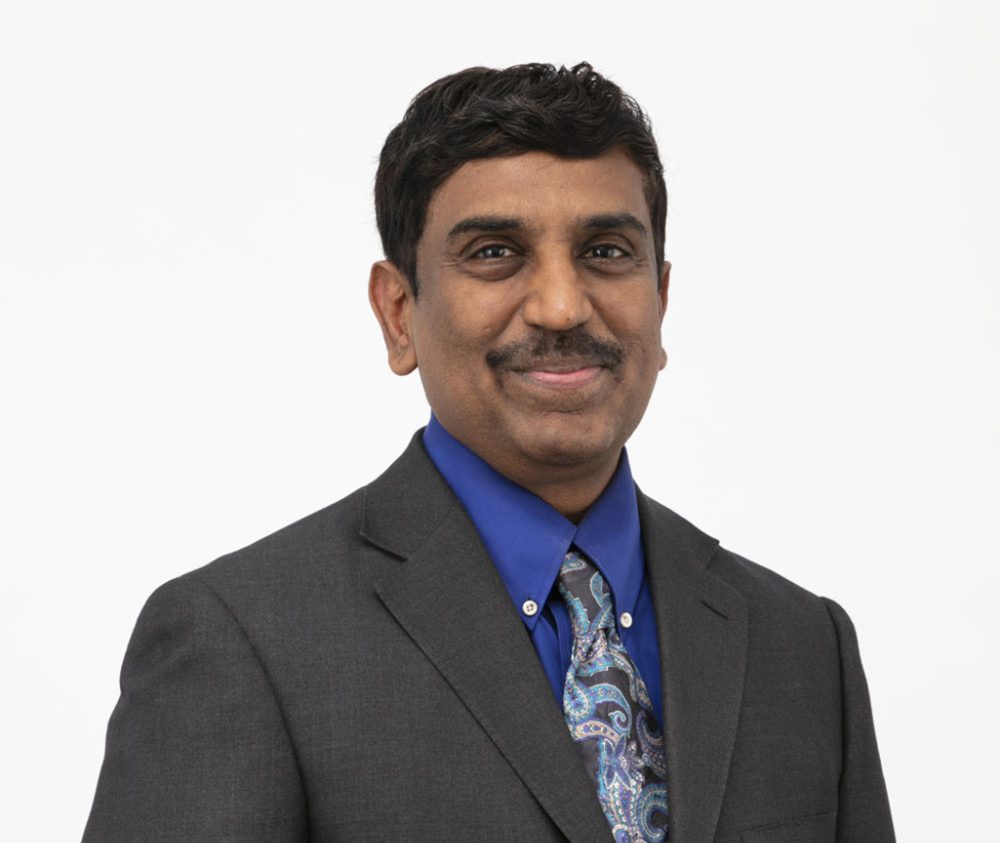Plenty of space for Akida 
Bev Space-BACN sizzling along as DARPA awards Phase 2 contracts in laser link project
By
Theresa Hitchens on December 01, 2023 at 2:06 PM
DARPA’s Space-BACN is aimed at a ‘universal’ optical satellite interlink terminal that can translate between incompatible satellite networks. (DARPA)
WASHINGTON — The Defense Department’s far-future research agency, DARPA, has moved its Space-BACN project to develop low cost, reconfigurable
optical intersatellite links into its second phase, down-selecting seven contractors from 11 in the first phase to move ahead with development, according to a DARPA spokesperson.
Under Space-BACN, for Space-Based Adaptive Communications Node, DARPA is seeking to enable satellite constellations using different communications protocols to cross-talk. While DARPA is focused on low Earth orbit constellations, working hand-in-hand with the Space Development Agency to support its
Proliferated Warfighter Space Architecture, the Space Force envisions laser links as the wave of the future for all orbital regimes out to deep space.
“Future space systems will require reliable, high-throughput intra- and inter-constellation communications with the flexibility to form the future backbone of a resilient mesh network ensuring C2 [command and control] and information path diversity,” the service explained in a
January request for information to vendors on development of a new laser comms modem for “Beyond Low Earth Obit (bLEO).” The modem should be able to crosslink satellites orbiting between 10,000 kilometers and 70,000 kilometers apart from each other, the request added.
Long-range, high-speed optical communications will be critical for the service’s plans for a
“hybrid architecture” that would see networks of old and new military satellites, as well as commercial and allied networks, all communicating seamlessly to shift vast quantities of data around the world in near real-time. Further, optical communications will help the Space Force and US Space Command bring to life its vision of
“dynamic space operations” using
highly mobile, long-lived spacecraft.
DARPA launched Space-BACN
in late 2021 with 14 vendors, and awarded Phase 1 development contracts to 11 companies in
August 2022. The work is broken down into three Technical Areas (TAs):
- TA1 contractors are developing the telescope on what DARPA hopes will be a standardized terminal for sending and receiving laser links, with the agency looking for a “modular, low -size,-weight, -power and -cost (SWaP-C) optical aperture,” including “an overall terminal controller, responsible for pointing, acquisition and tracking,” and terminal command and telemetry. Mbryonics was tapped to move into Phase 2 of TA1, a DARPA spokesperson told Breaking Defense today, but another company is expected to be selected shortly.
- TA2 contractors are designing the back end of the terminal; that is, a “reconfigurable modem that can support multiple optical waveforms up to 100 Gbps on a single wavelength.” Intel Federal and Arizona State University are the Phase 2 winners for this area, the DARPA spokesperson said.
- TA3 contractors are helping DARPA design the cross-communications command and control system, including development of standards, common application programming interfaces, and concepts of operations to enable cross-constellation interoperability. It also includes working on cybersecurity solutions. Telesat Government Solutions, SpaceX and Amazon subsidiary Kuiper Government Solutions have been chosen to continue their TA3 Phase 1 work into Phase 2, the spokesperson said.
SpaceX already is using its own, proprietary laser links in its
Starlink mega-constellation providing internet services in LEO; Kuiper recently launched the
first two prototype satellites for its rival mega-constellation that also will use optical comms.
Phase 2 work is expected to last about 20 months, and while DARPA did not reveal the value of the contracts, the agency budged $31.9 million in fiscal 2023 for Space-BACN, and asked for $32.1 million in FY24.



 www.linkedin.com
www.linkedin.com








